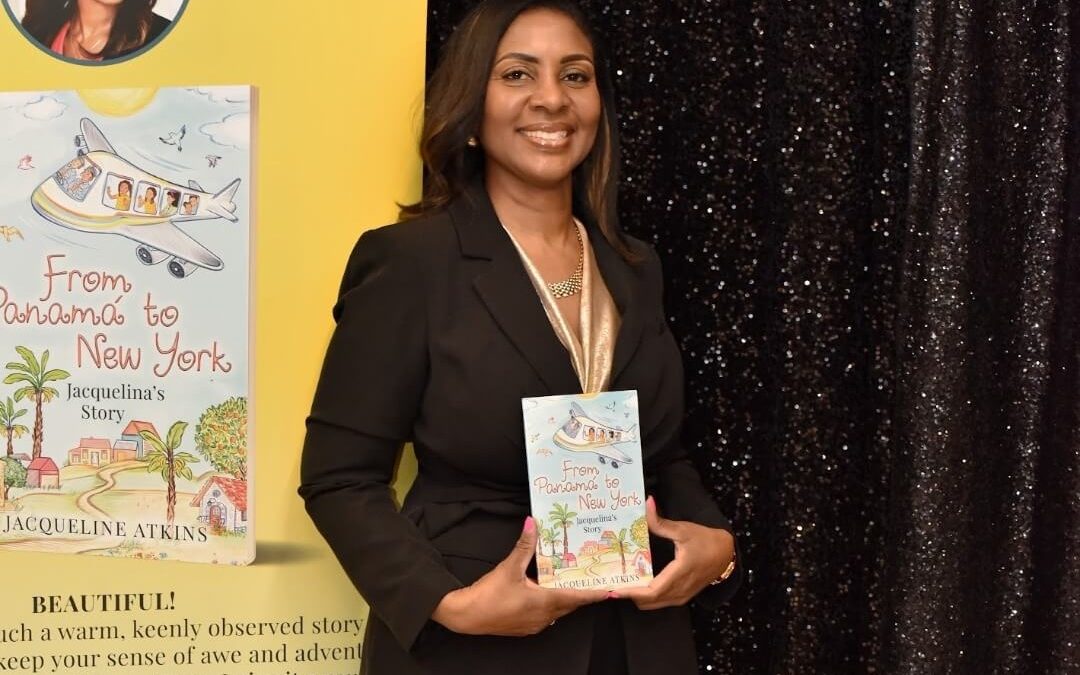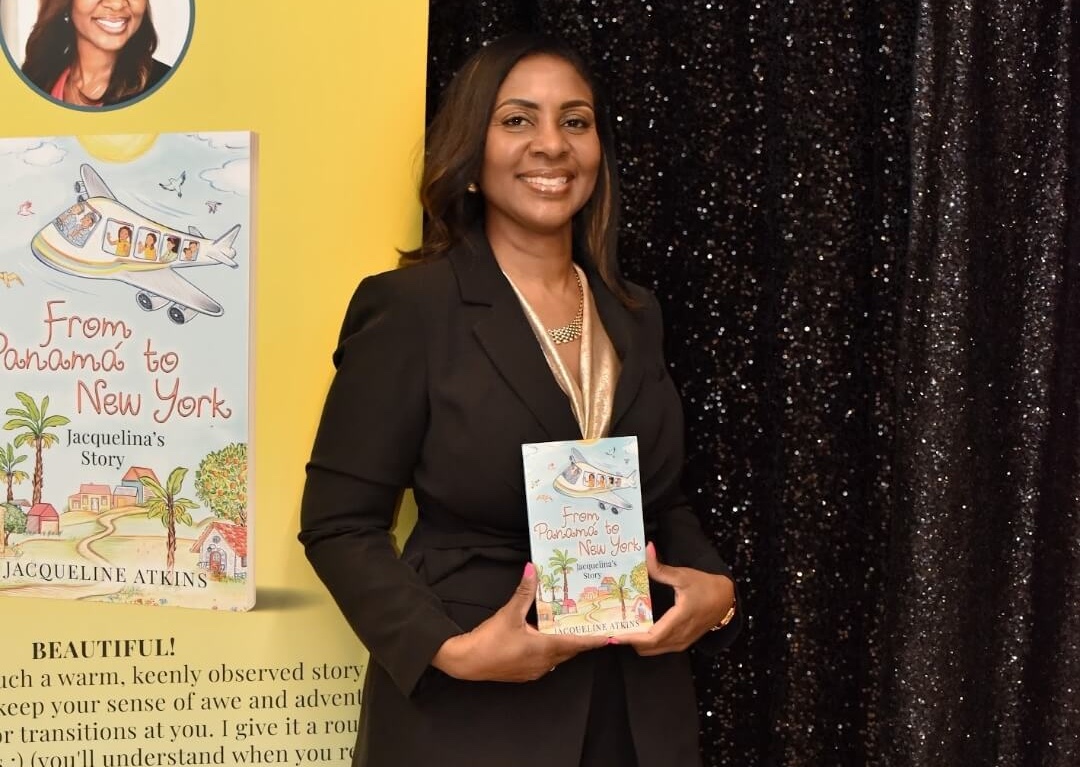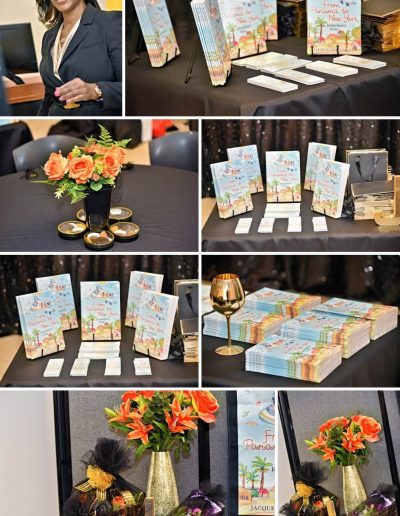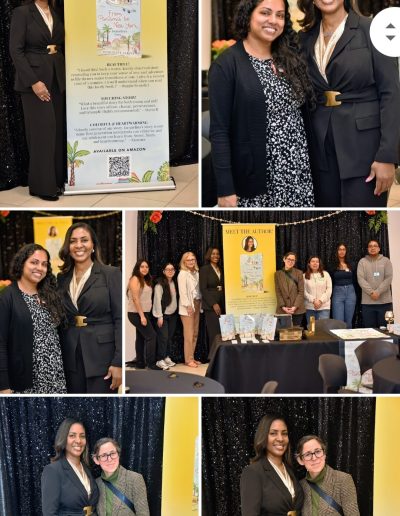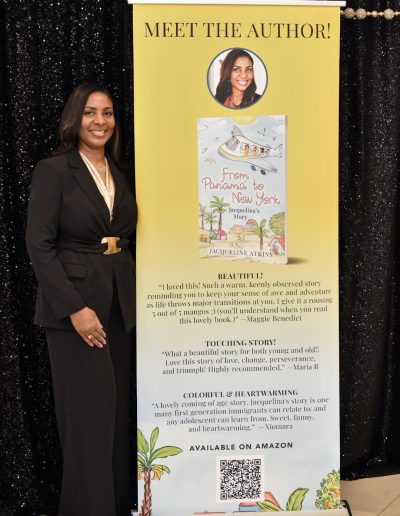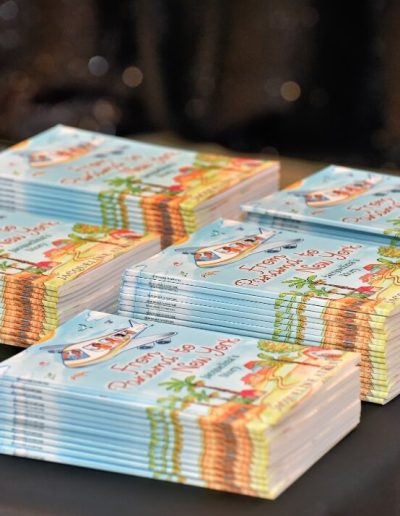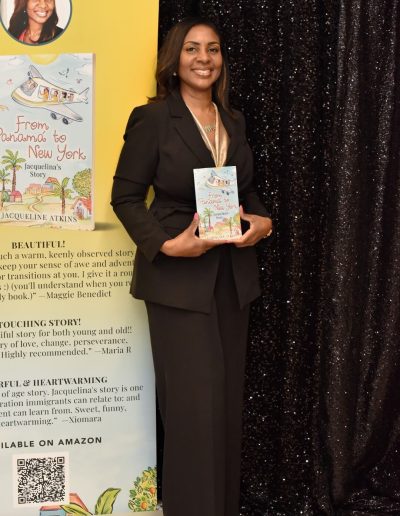
Maximize Your Book’s Potential: Why Choosing Your Publisher’s Marketing Package is a Smart Move

As an author, the excitement of seeing your book published is only the beginning. To truly maximize your book’s potential and ensure its success, taking an active role in your publisher’s marketing package can be incredibly beneficial. By utilizing the promotional items and participating in social media launches, you not only help spread the word about your book but also create stronger connections with your audience. Here’s why being part of your publisher’s marketing efforts is a smart move:
1. Direct Engagement with Your Audience
Your involvement in the marketing package gives you a unique opportunity to connect directly with your readers:
Personal Connection: Sharing your thoughts, behind-the-scenes moments, and personal insights through social media or promotional materials builds a deeper connection with your fans.
Relatable Content: When you actively post on your social media about your book’s journey, it makes your promotion feel more genuine.
Readers love to see the author’s personality and passion behind the work.
Responding to Fans: Engaging with readers’ comments, questions, and posts can create a sense of community around your book and foster a loyal following.
2. Maximize Social Media Launches
One of the most effective ways to promote your book is through a well-executed social media launch. By collaborating with your publisher, you can:
Pre-Scheduled Posts: Work with your publisher to schedule posts that align with your book’s release and other marketing efforts. Consistency in messaging across platforms is key to generating buzz.
Cross-Promotion: Use your social media platforms to cross-promote your publisher’s posts. Share their content, whether it’s about your book or promotional events, to increase visibility.
Engagement through Contests and Giveaways: Publishers often have strategies for how you can host giveaways or contests that encourage readers to share your book with their followers. Participating in these promotions can significantly increase exposure.
3. Utilizing Promotional Items
A major component of most publisher marketing packages includes promotional items. By leveraging these materials, you help build awareness for your book:
Bookmarks, Posters, and Flyers: Use these materials during book signings, at events, or in personal interactions to help promote your book. Each item serves as a mini billboard, allowing readers to easily share the details of your book with others.
Incorporating in Events: At book fairs, signings, or speaking engagements, having promotional items on hand can help extend the reach of your marketing efforts beyond just those who are at the event.
4. Using Your Publisher’s Media Relationships
Part of the publisher’s marketing package often involves securing media coverage for your book. By being involved in these efforts, you can:
Provide Content for Interviews: Your publisher may have resources to arrange interviews for podcasts or special interest television interviews. By actively participating and providing compelling content, you increase the chances of getting featured in high-traffic outlets
Share Media Mentions: Whenever your book is mentioned in the media, sharing these features on your social media platforms helps validate your book’s credibility. It also reinforces the marketing message and encourages readers to pick up your book.
Increase Author Visibility: When you engage with the media and share your experiences, your visibility grows beyond your current fanbase to a broader audience.
5. Building Momentum for Future Projects
Using the marketing package’s promotional items and social media launch effectively doesn’t just help your current book—it sets you up for future success:
Reader Base Growth: The more you engage in your publisher’s marketing efforts, the larger and more dedicated your fanbase will become. These readers are likely to follow you through multiple book releases.
Establishing Brand Recognition: Participating in your marketing efforts helps you create a strong personal brand that can carry through to your future work. A solid social media presence and professional marketing materials can leave a lasting impression.
Word of Mouth: The more you interact with your readers and encourage them to share their excitement about your book, the more word-of-mouth recommendations you’ll get. It’s one of the most powerful forms of marketing.
6. Easy Access to Tools and Expertise
By being involved in your publisher’s marketing plan, you gain access to tools and resources that can amplify your efforts:
Content Templates: Your publisher may provide you with pre-written posts, images, and promotional materials, saving you time and helping you stay consistent across your social media platforms.
Marketing Coaching: Your publisher’s marketing team may offer tips on how to grow your online presence, how to engage with fans, and even how to optimize your author website.
Choosing to actively participate in your publisher’s marketing package is one of the smartest moves you can make as an author. By using promotional materials, joining social media launches, and engaging directly with your audience, you not only help get the word out about your book but also build a lasting connection with your readers. Your involvement can lead to increased sales, stronger brand recognition, and long-term success in your writing career. Don’t just leave it to your publisher—be part of the magic!

